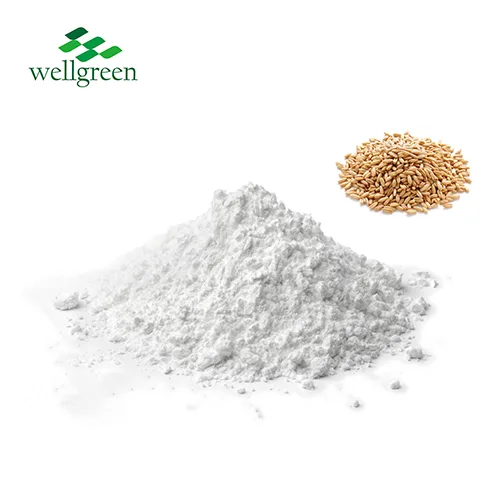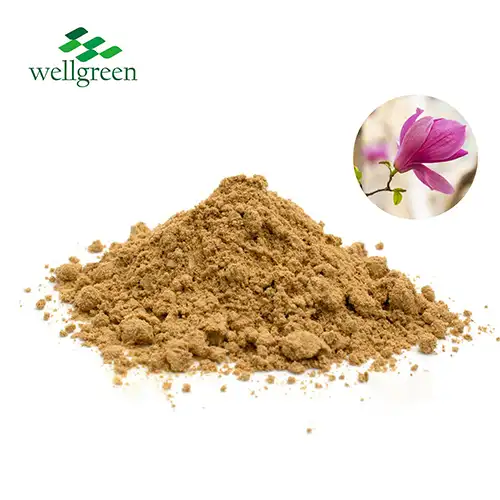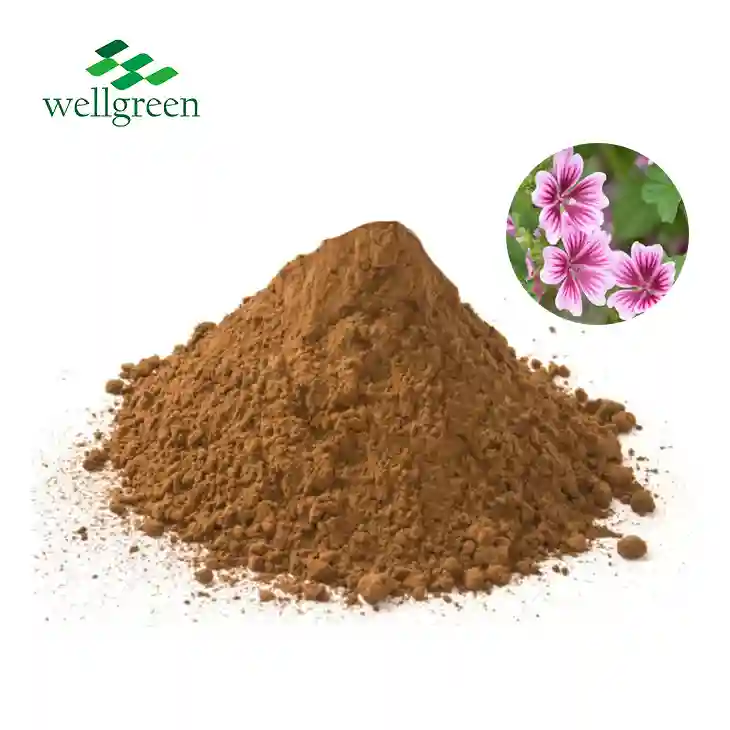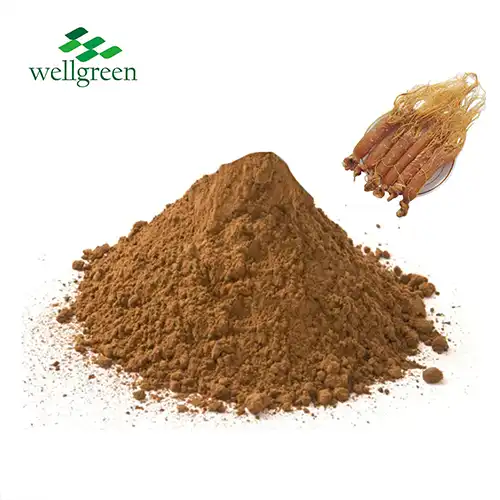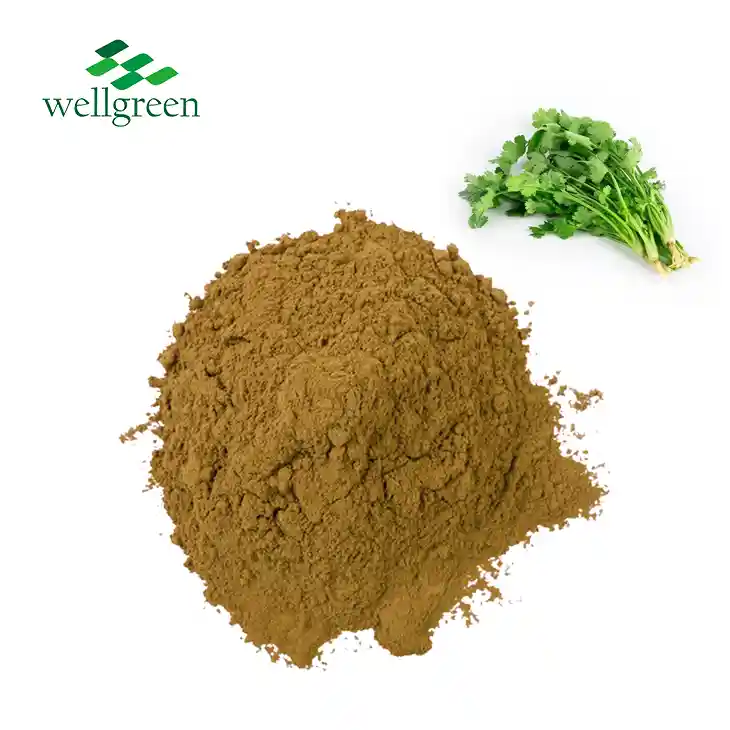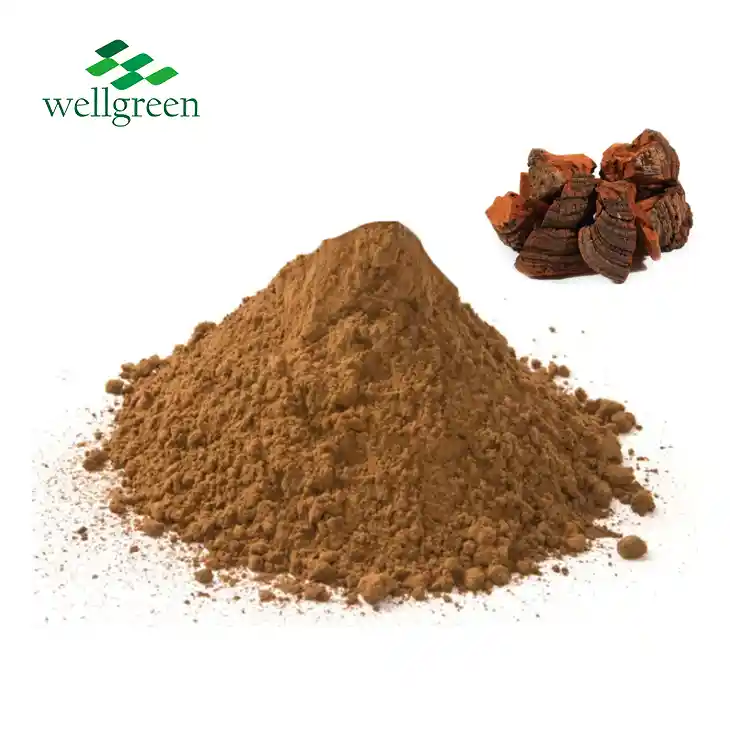What is a ramie used for?
2024-07-01 11:14:42
Ramie Fiber Characteristics
Ramie Root Extract, also known as China grass, is a flowering plant native to eastern Asia. One of the oldest fiber crops, ramie has been used for thousands of years due to its exceptional strength and durability. Ramie fiber is known for its ability to hold shape, reduce wrinkling, and introduce a silky lustre to the fabric.
Ramie in Textiles
 Ramie, a bast fiber plant, stands out in the textile industry for its exceptional qualities that make it a highly sought-after material. Its primary use in textile production is largely due to its inherent strength and remarkable ability to maintain the integrity of its shape over time. This durability, coupled with its natural sheen and soft texture, positions ramie as a premium choice for various applications in the fashion and textile sectors.
Ramie, a bast fiber plant, stands out in the textile industry for its exceptional qualities that make it a highly sought-after material. Its primary use in textile production is largely due to its inherent strength and remarkable ability to maintain the integrity of its shape over time. This durability, coupled with its natural sheen and soft texture, positions ramie as a premium choice for various applications in the fashion and textile sectors.
In the crafting of textiles, ramie is often blended with other fibers, such as cotton, wool, or silk. These blends take advantage of the complementary properties of each material, enhancing the overall texture, and improving the fabric's durability and resilience. The addition of ramie to these blends also imparts a luxurious drape and a unique feel that is both smooth and strong.
The fabrics made from ramie are celebrated for their lightweight nature, making them a favorite for garments intended for warmer climates or seasons. Their breathability is unmatched, allowing air to circulate freely around the skin, which is particularly beneficial in summer clothing. This quality ensures that wearers remain cool and comfortable, even in the heat.
Moreover, ramie root extract fabrics are known for their hypoallergenic properties, making them suitable for individuals with sensitive skin. Their natural moisture-wicking ability also contributes to their appeal, as they can help regulate body temperature and keep wearers dry.
Ramie in Industrial Applications
Beyond its renowned use in the textile industry, ramie extends its utility into various industrial applications, leveraging its unique attributes to cater to different needs. Recognized for its exceptional tensile strength, ramie fiber is a natural choice for the manufacturing of robust products like ropes, nets, and canvas. These items require materials that can withstand significant stress and maintain their integrity over time, qualities that ramie fiber delivers with its inherent strength and durability.
The resistance of ramie to mildew and bacteria further enhances its suitability for applications where the material may be exposed to damp or humid conditions. This resistance makes ramie an ideal candidate for outdoor gear, maritime equipment, and construction materials, where it can perform reliably in various weather conditions.
Moreover, the exploration of ramie as a reinforcement in composite materials is an exciting development. Its lightweight nature and eco-friendly properties align with the growing trend towards sustainable engineering solutions. Ramie's potential to reinforce composites with a natural fiber that is both strong and lightweight offers a viable alternative to synthetic reinforcements, contributing to the development of more environmentally conscious products.
The versatility of ramie fiber is also evident in its compatibility with various manufacturing processes, from traditional weaving to modern composite technologies. This adaptability positions ramie root extract as a sustainable and innovative material in a wide array of industries, from construction to automotive, where there is a push for materials that can provide both performance and environmental benefits.
Ramie in Papermaking
Ramie fibers, with their exceptional characteristics, have found a niche in the paper manufacturing industry, particularly for the production of high-quality papers and banknotes. The fibrous composition of ramie lends itself well to this application, offering several advantages over traditional paper materials.
The long and fine fibers of ramie contribute to the creation of paper with enhanced strength and durability. This paper is less prone to tearing and shows remarkable resistance to degradation over time, making it ideal for documents and banknotes that require a longer lifespan and increased resilience to daily wear and tear.
In the context of banknotes, the robustness of ramie-based paper provides an additional layer of security against counterfeiting attempts. The unique feel and texture of the paper are difficult to replicate, thus helping to distinguish genuine currency from forgeries.
Furthermore, the use of ramie leaf powder fibers in paper production aligns with the growing environmental consciousness in the industry. As a natural and renewable resource, ramie offers a more sustainable alternative to synthetic materials, contributing to the reduction of the paper industry's environmental footprint.
The integration of ramie fibers into paper products also opens up possibilities for specialty papers with specific properties, such as water resistance or enhanced opacity, catering to various industrial and artistic needs.
Ramie in Bioengineering
 In recent years, the multifaceted applications of ramie have expanded into the realm of bioengineering, where its potential use in tissue engineering and drug delivery systems is being explored with keen interest. Ramie fibers, with their inherent biocompatibility and biodegradability, offer a promising platform for developing innovative solutions in regenerative medicine.
In recent years, the multifaceted applications of ramie have expanded into the realm of bioengineering, where its potential use in tissue engineering and drug delivery systems is being explored with keen interest. Ramie fibers, with their inherent biocompatibility and biodegradability, offer a promising platform for developing innovative solutions in regenerative medicine.
The ability to process ramie fibers into various forms has opened new avenues for their use in tissue regeneration applications. Notably, they can be fabricated into scaffolds, which are critical in providing structural support for cell growth and tissue repair. These ramie-based scaffolds can be tailored to mimic the natural extracellular matrix, facilitating cell adhesion, proliferation, and differentiation, thereby promoting the regeneration of damaged tissues.
Moreover, the porosity and high surface area of ramie scaffolds make them excellent candidates for controlled drug delivery systems. The fibers can be engineered to release therapeutic agents in a sustained and targeted manner, improving the efficacy of treatments and reducing side effects associated with conventional drug administration methods.
The exploration of ramie leaf powder in bioengineering reflects a growing trend towards utilizing natural materials in medical applications. Ramie's lightweight, strong, and eco-friendly properties, combined with its biocompatibility, position it as a sustainable and innovative material in the development of next-generation medical devices and therapies.
Conclusion
In conclusion, ramie is a versatile and eco-friendly fiber with a wide range of applications. Its use in textiles, industrial applications, papermaking, and bioengineering highlights its strength, durability, and potential for sustainable innovation.
For more information about ramie products, please contact wgt@allwellcn.com.
References
1. Ramie Fiber - Properties and End Uses
2. Ramie - A Comprehensive Review on Extraction, Processing, and Applications
3. Industrial Applications of Ramie Fiber

